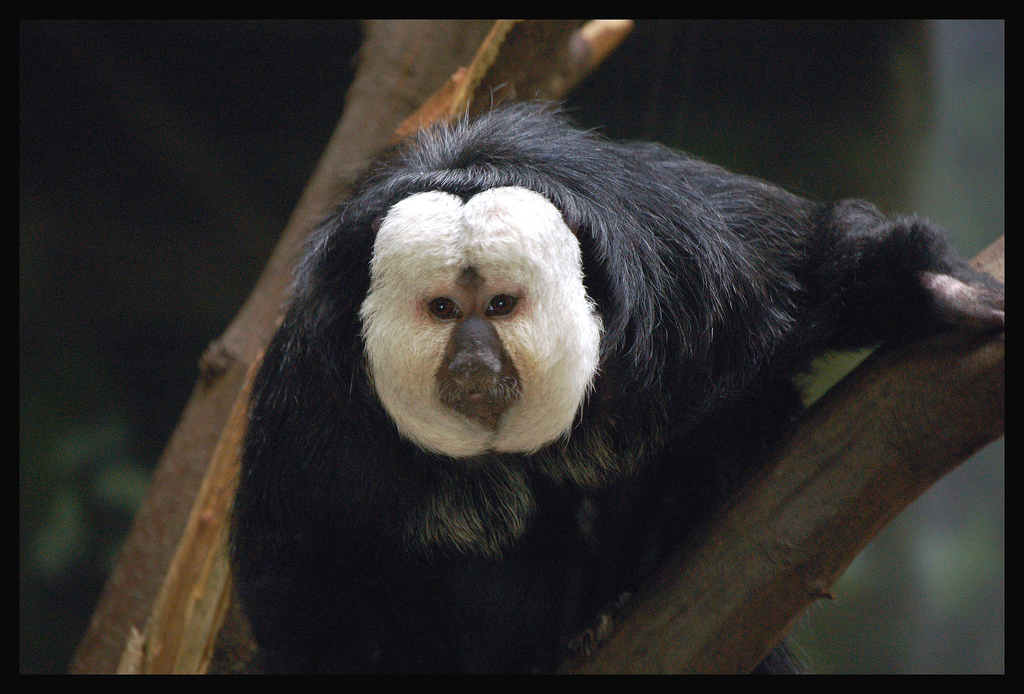Whether it is a cute and fluffy pet dog or a sophisticated yet savage tiger, the vast majority of people love some form of animal – and with their being in excess of a million different animal species currently in the world, there are bound to be a few unusual looking creatures amongst them.
Aye-Aye
 A native animal to Madagascar, the Aye-Aye is a particularly unusual creature, in both the way it looks and the way it acts.
A native animal to Madagascar, the Aye-Aye is a particularly unusual creature, in both the way it looks and the way it acts.
With a body size of approximately 15 inches in length (excluding their tail, which in itself can be up to 21 inches long), the Aye-Aye has very long finger that it uses to pick out insects that live deep inside trees.
Jerboa
Having a lot of similarities to mice and other small rodents, there are many different types of Jerboa, although they all bear the same characteristics of jumping and hopping around.
Calling the expansive deserts of Asia and Africa their home, they burrow deep into the sand to keep cool during the day, with various other burrow tunnels created depending on their circumstances and needs, making them a particularly intelligent and adaptive animal.
Kinkajou
Not seen on a regular basis due to their nocturnal living pattern, the Kinkajou lives in the rainforests of South America and whilst they have a lot of similarities to monkeys, they have no relation and are actually directly related to the raccoon.
Living for well over 20 years, Kinkajous are, rightly or wrongly, regularly kept as pets in several places in their native country, with the primary reason being that they are of a friendly nature and relatively quiet.
Tarsier
It’s hard not to smile when looking at a Tarsier – their extremely large eyes, which are greater in size than their actual brain, are so attractive that you instinctively smile at their cuteness-come-strangeness.
Living in South East Asia, considering that they have a cute and cuddly appearance, the way that they kill their prey (which is always another animal – Tarsier’s are the only completely carnivorous mammal in the world) does not follow the same guideliness – they effectively jump and pounce on any smaller animals than them.
Star Nosed Moles
Possibly receiving the award for the most unusual looking animal on this list, the eleven red tentacle-looking items on the front of the Star Nosed Moles face are actually their noses and feature approximately 25,000 sensors.
Calling Canada their home, they have somewhat of a quick life at first, going from birth to full independence within 30 days and then sexual maturity by the time they are 10 months old.
Saki
The whole Saki species of monkeys are somewhat odd looking, but it is those featured in the above photographs, the White Faced Saki, that are considered to be one of the most unusual looking.
Primarily eating fruit and small insects, the White Faced Saki monkey is part of the New World group of Monkeys and fortunately is classed as being of the Least Concern in terms of their Conservation status.
Uakari
Particularly sinister looking, their name is not of the same ilk – meaning ‘Dutchmen’ in the local language, this is said to be because their bright red faces reminded the locals of the sunburnt faces of European tourists.
Similar to Saki monkeys in the the food that they eat, they differ in how they move, as Uakaris can leap up to an astonishing 20 feet.
Thorny Devil
Officially known as Moloch horridus, it is obvious where this Australian lizard gets its colloquial name from. However, their relatively intimidating name is relevant only to their appearances, which is used solely for defensive purposes.
Only 8 inches in length, Thorny Lizards feast almost solely on ants and have been known to eat several thousand in a single day.
Colugo
Known as Flying Lemurs (a name which has no real relevance to them as they are not only not related to Lemurs, but they cannot technically fly, either), Colugos live in South East Asia and have the ability to glide over spaces of over 200 feet due to the pieces of skin which are attached to their front and rear legs.
Eating only fruit and plants, Colugos have been subject to a fall in numbers over the past ten years especially, mainly due to a loss of habitat because of human destruction.

















5 Comments
Leave a Reply